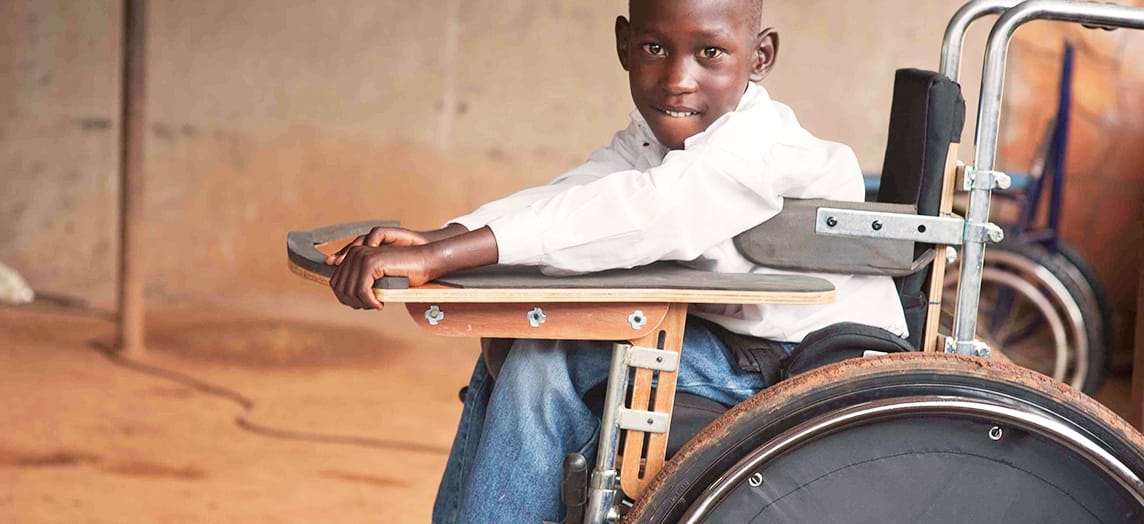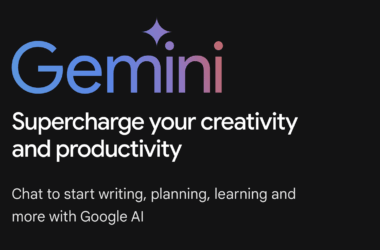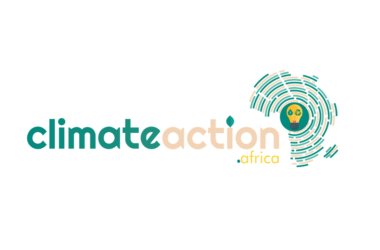December 3 is the International Day of Persons with Disabilities (IDPD) as proclaimed by United Nations General Assembly in 1992.
It is believed that no physical disability should dampen the spirit of ability and perseverance in humans.
The aim of the IDPD is to promote an understanding of disability issues and mobilize support for the dignity, rights and well-being of persons with disabilities.
This year, the theme is centered on “Empowering persons with disabilities and ensuring inclusiveness and equality”.
Improved accessibility can empower every person and every organization on the planet to achieve more. Take, for instance, voice commands and remote controls evolved from design solutions for people with disabilities, yet they benefit us all.
Accessibility makes it easier for everyone to see, hear, and to personalize their computers to meet their own (special) needs and preferences.
For many people with disabilities, accessibility is what makes inclusion in the digital world possible.
With more than one billion people in the world living with disabilities, it is imperative that technology reflects the diversity of its users to foster digital inclusion for all.
Technology institutions like Google and Microsoft are working with other non-profit organisations around the world to push the boundaries of what technology can do to empower people.
What Google and Microsoft have done per accessibility
Below are some examples of what these tech giants have done and continue to do to improve accessibility.
In 2015, Google launched an Impact Challenge focused on disabilities. They pledged $20 million in grants to 29 nonprofits using technology to take on a wide range of accessibility challenges.
One of such non-profits is e-Nable—a global community of volunteers that designs and creates 3D printed prosthetics (an artificial body part).

This project is important because, in the US alone, about 7 in 1000 people are leaving with limb differences. Producing such prosthetics are expensive. But e-Nable has created a community of volunteers who are set to start producing about 10,000 hands in the near term, thanks to the Google.org grant of $600,000.
This is not just happening in the developed worlds. In Africa, a non-profit backed by Google—Motivation, is testing editable postural support designs to provide more accurate support to wheelchair users around the world.

Google is also supporting public engagements to build awareness, spark innovation, with an aim to increase access and opportunity for people with disabilities.
Microsoft
Microsoft, in particular, is doing a lot to ensure that the foundations and peripherals of accessibility are addressed, as opposed to just building the tech or funding non-profits, which are more low-hanging fruits.
For instance, in July 2018, their Chief Accessibility Officer—wrote a blog post on their new book—”The Ability Hacks”, it gives a behind-the-scenes look into developing technology for people with disabilities. This book was borne out of the stories of two hackathon teams whose hacks at Microsoft’s One week Hackathon have become solutions.
Also, you can now run the Accessibility Checker in Microsoft’s 365 products (Word, Excel, PowerPoint, OneNote, Outlook, and Visio) to find and fix any issues that might make your content difficult for people with disabilities to use. This we believe is a huge leap to becoming more conscious of people with special needs in our community.

This year, as part of the WE Are One campaign—aimed at created a more inclusive world with technology, Microsoft enabled educators to make their classrooms more accessible and inclusive through the use of Microsoft technologies such as Immersive Reader, ease of access tools, Microsoft Translator, and more.
Like Google, they are also working to see how countries in the Middle East and Africa (MEA) can benefit from their initiatives. They recently collaborated with InAble and the Global Initiative for Inclusive ICTs (G3ict) to host a roundtable discussion among Kenyan leaders and the Ministry of Education in Kenya, to discuss strategies for a more inclusive classroom.
You can learn more about Microsoft’s work to improve accessibility on their site.
Technology is a powerful force for inclusion. And we hope more technology companies would think accessibility-first the way they think mobile-first when building digital products. As in Microsoft’s 2030 Agenda, we should all work towards not leaving anyone behind.
Daniel Iyanda contributed to this post.
As an Amazon Associate, TechCity may earn a small commission if you shop these products.
















